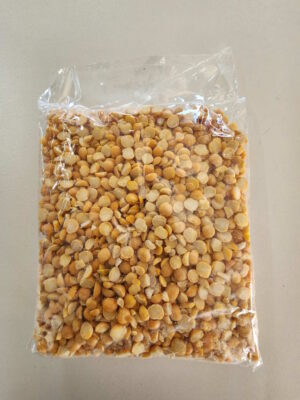
Introduction
Boiled eggs are a versatile and nutritious food item that can be enjoyed in a variety of dishes, such as in breyani, fish curry, egg curry or simply on their own.
Achieving the perfect boiled egg, with a tender white and a creamy, golden yolk, may seem like a daunting task. However, with a few simple steps and some attention to detail, you can easily master the art of cooking the perfect boiled eggs.
Choosing the Right Eggs
Before we dive into the cooking process, it is essential to start with fresh eggs. Fresh eggs have a firmer white, which holds together better during cooking. If possible, opt for organic or free-range eggs, as they often have a superior flavor and texture.
Preparation
- Place the eggs in a single layer in a saucepan or a pot. Ensure that they have enough space to move freely without crowding.
- Gently add cold water to the pot, ensuring that the eggs are fully submerged by at least an inch or two of water. This helps prevent the eggs from cracking during cooking.
Cooking Process
- Start with a medium-high heat setting to bring the water to a rolling boil. Once the water reaches a vigorous boil, reduce the heat to a gentle simmer.
- For soft-boiled eggs with a runny yolk: Let the eggs simmer for 4-5 minutes. This will result in a tender white and a slightly liquid yolk.
- For medium-boiled eggs with a slightly firmer yolk: Let the eggs simmer for 6-7 minutes. The whites will be fully set, and the yolk will have a custard-like consistency.
- For hard-boiled eggs with a fully set yolk: Let the eggs simmer for 9-12 minutes. This will give you a firm white and a completely cooked yolk.
Note: The cooking times provided are approximate and may vary slightly depending on the size of the eggs and your desired level of doneness.
Timing and Cooling
- Once the desired cooking time is reached, carefully remove the eggs from the pot and place them into a bowl of ice-cold water. This process, known as “shocking,” halts the cooking process and helps in easy peeling.
- Let the eggs sit in the cold water for at least 5 minutes. This ensures that the eggs cool down completely and prevents the yolk from turning grayish-green around the edges, a result of overcooking.
Peeling and Serving
- Gently tap the boiled egg on a hard surface to create a few cracks all around the shell. This will make it easier to peel.
- Start peeling from the wider end of the egg, where the air pocket is located. Gradually remove the shell, using your fingers or a spoon if needed. Running the eggs under cold water while peeling can also make it easier.
- Once peeled, serve the perfect boiled eggs immediately or use them in your desired recipe.
Conclusion
Cooking the perfect boiled eggs may require some practice, but with these easy-to-follow steps, you’ll be able to achieve consistent results every time. Remember to start with fresh eggs, adjust the cooking time based on your desired level of doneness, and cool the eggs properly before peeling. Whether you enjoy them on their own, in salads, or as a part of other delicious recipes, perfectly boiled eggs will always be a delightful and nutritious addition to your meals.








